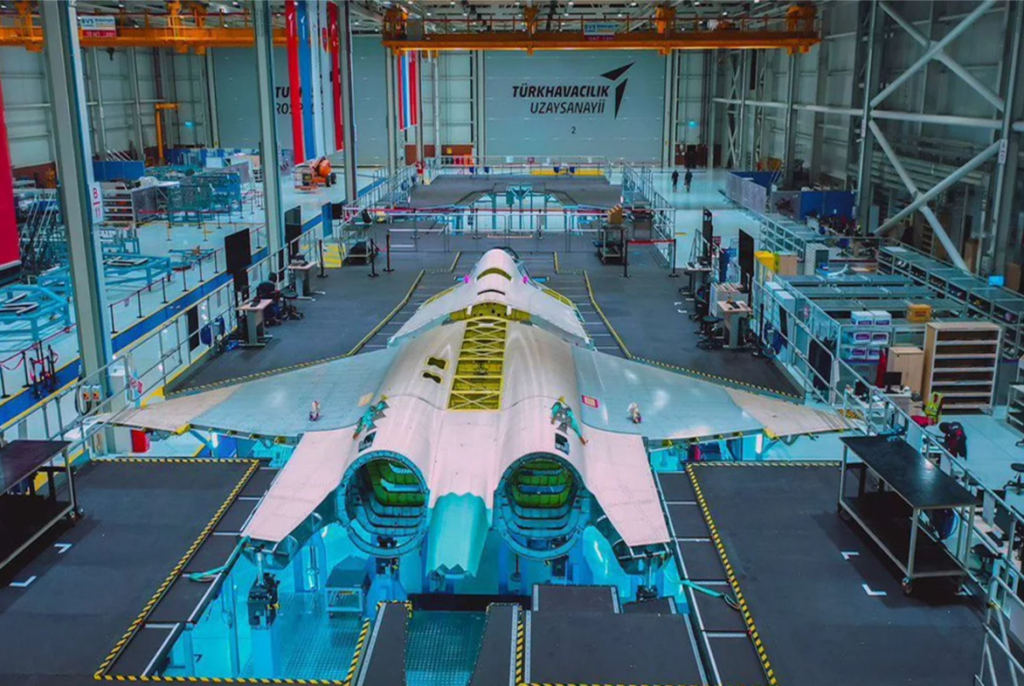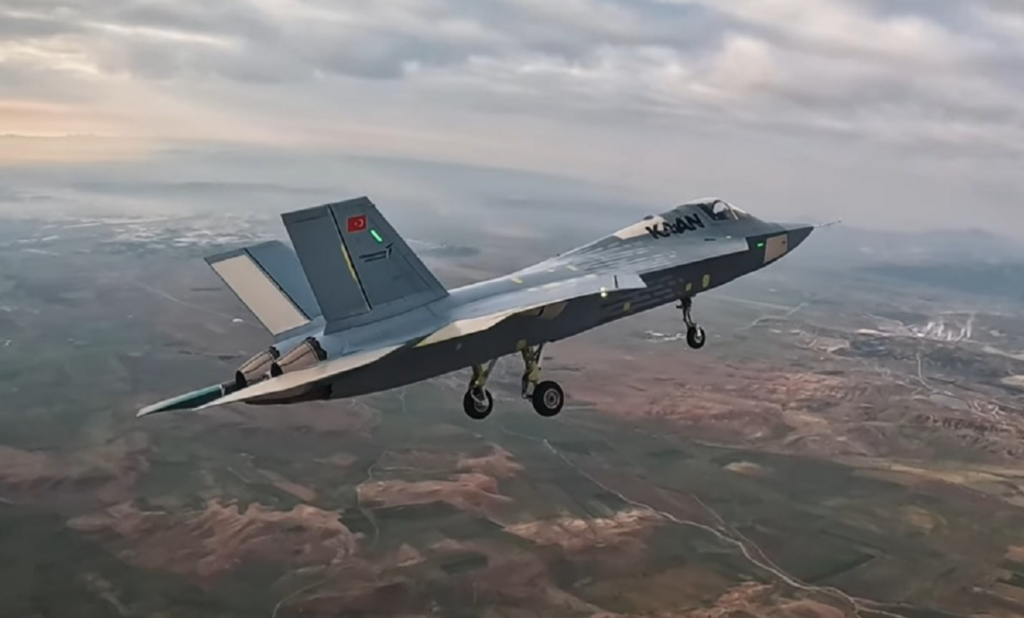Turkish Aerospace Industries (TAI) Plans to Produce 1,500 Military Aircraft by 2034
Turkish Aerospace Industries (TAI) has announced plans to build approximately 1,500 military air platforms by 2034. CEO Mehmet Demiroğlu outlined this ambitious 10-year roadmap, which includes fighter jets, helicopters, and unmanned aerial vehicles. The project closely aligns with Türkiye’s national defense industrialization strategy and reflects Ankara’s goal of achieving defense autonomy and self-reliance. Demiroğlu provided a breakdown of the platforms, stating that around 500 fixed-wing aircraft would be produced, including TAI’s new KAAN fifth-generation fighter, along with HÜRJET advanced trainers and HÜRKUŞ basic trainers. More than 350 rotary-wing aircraft are planned, including the GÖKBEY utility helicopter, the current ATAK attack helicopters, and the long-delayed heavy ATAK-2 gunship. Additionally, approximately 600 UAVs will be built, featuring the ANKA family (with nearly 600 planned models, such as the stealthy ANKA-3) and the large Aksungur drone.
TAI currently employs around 16,000 people and has hired over 10,000 in the last decade. The roadmap relies on local sourcing, with more than 125 indigenization projects completed (and 330 still ongoing) to manufacture parts in Türkiye, which is expected to save around $1 billion per year by reducing imports. Demiroğlu noted that new logistics and maintenance services will also be expanded to support the large fleet. Strategically, producing its own KAAN fighter and other systems enables Turkey to maintain air superiority without relying on external suppliers, reinforcing the country’s defense industrial sovereignty.

(Photo: TAI)
The plan also strengthens Türkiye’s international defense ties and exports. TAI is growing its international presence, especially in Africa. The company plans to open new offices in Algeria, Saudi Arabia, Nigeria, and Brazil to support its global expansion. TAI already has export orders that indicate this push. For instance, it has contracts for 55 HÜRKUŞ trainer aircraft (with 10 deliveries expected by the end of 2025) and 16 HÜRJET advanced trainers for the Turkish Air Force, and it recently reached an agreement with a Spanish consortium to potentially deliver over 100 HÜRJET jets. Spain’s selection of the HÜRJET, Demiroğlu noted, could “open NATO’s door” for Turkish aircraft. Analysts suggest that these deals and the large production run will elevate Turkey’s profile in the global aerospace market and significantly boost Turkish defense exports.
In conclusion, TAI’s 1,500-aircraft plan integrates numerous national projects in jets, helicopters, and UAVs under a unified strategy. It aligns with Türkiye’s broader defense industrialization goals by building local capacity, creating jobs, and replacing older imports. By fulfilling large-scale demand with indigenous technology, TAI aims to transition from a regional player into a top-tier aircraft producer, supporting both Türkiye’s security and its defense export ambitions.

